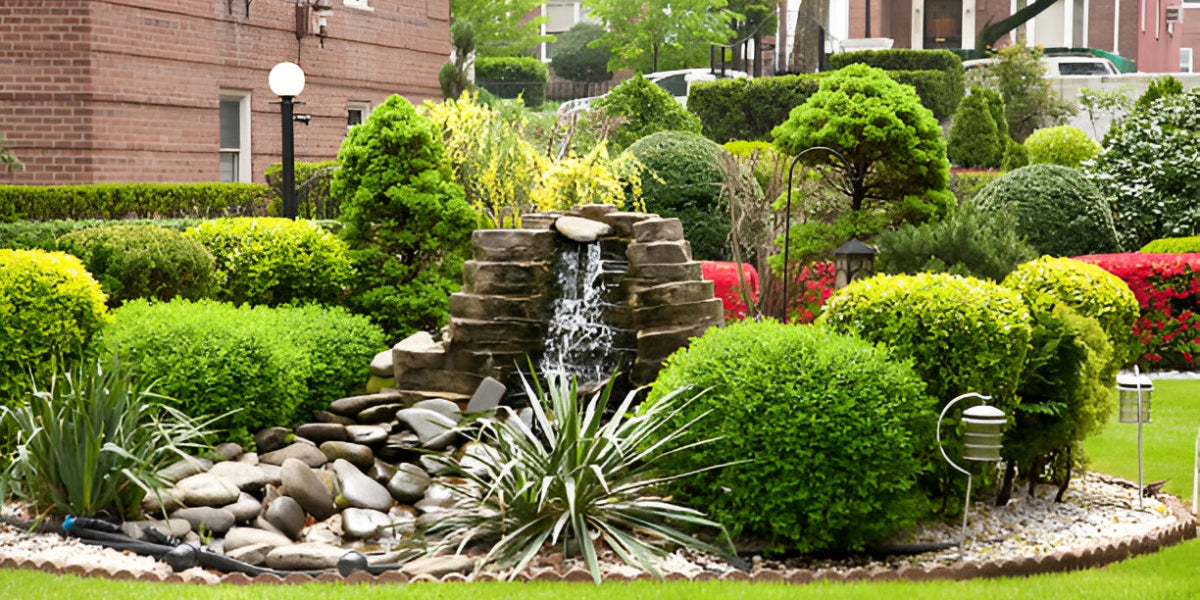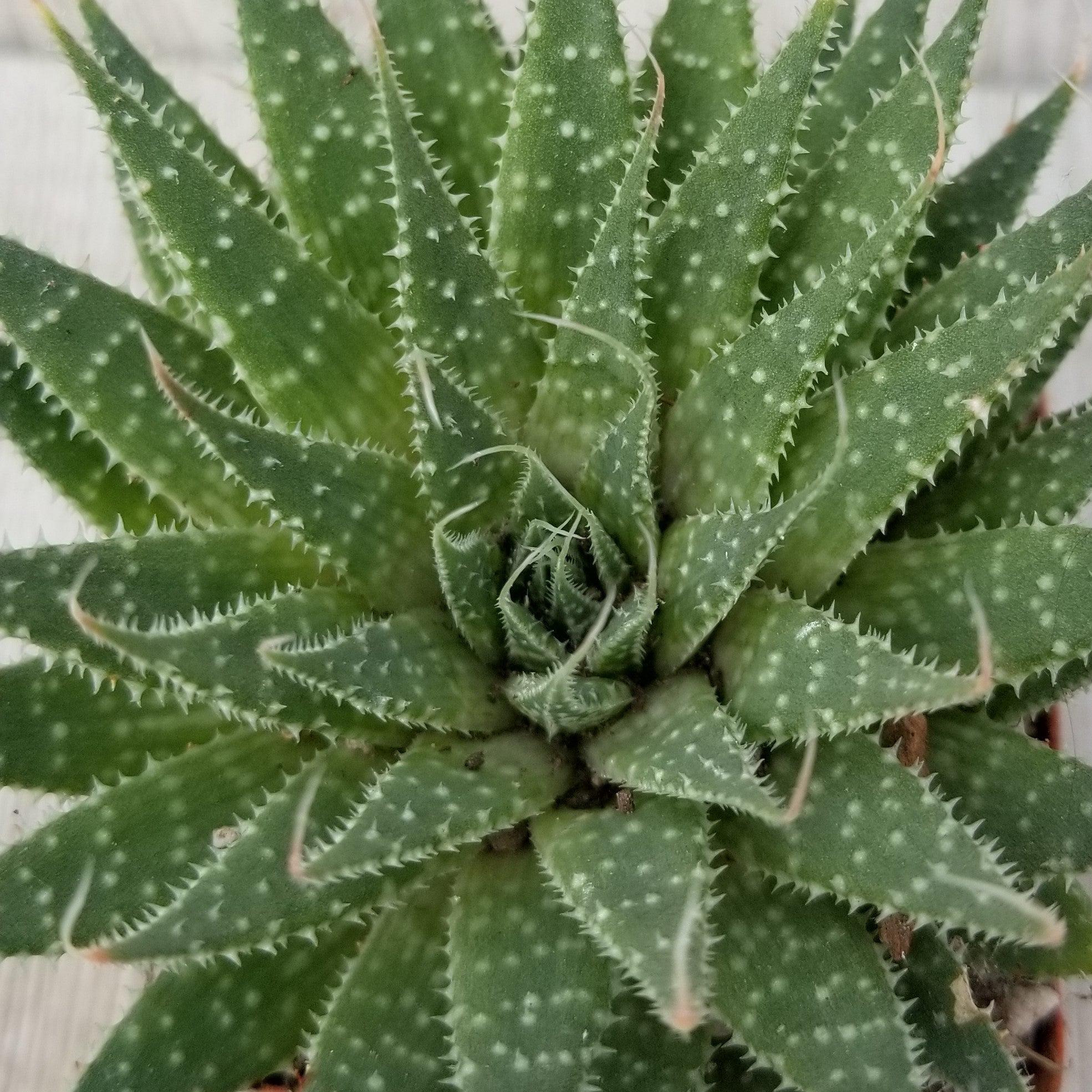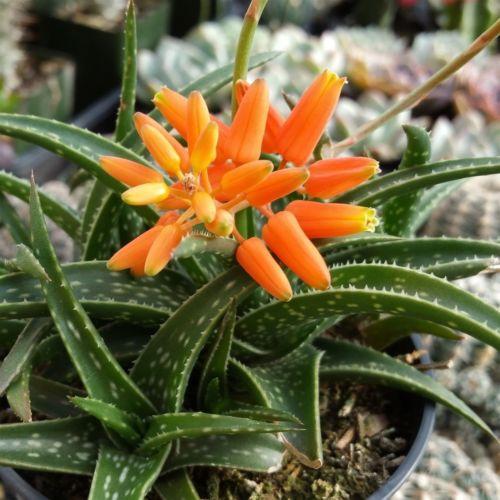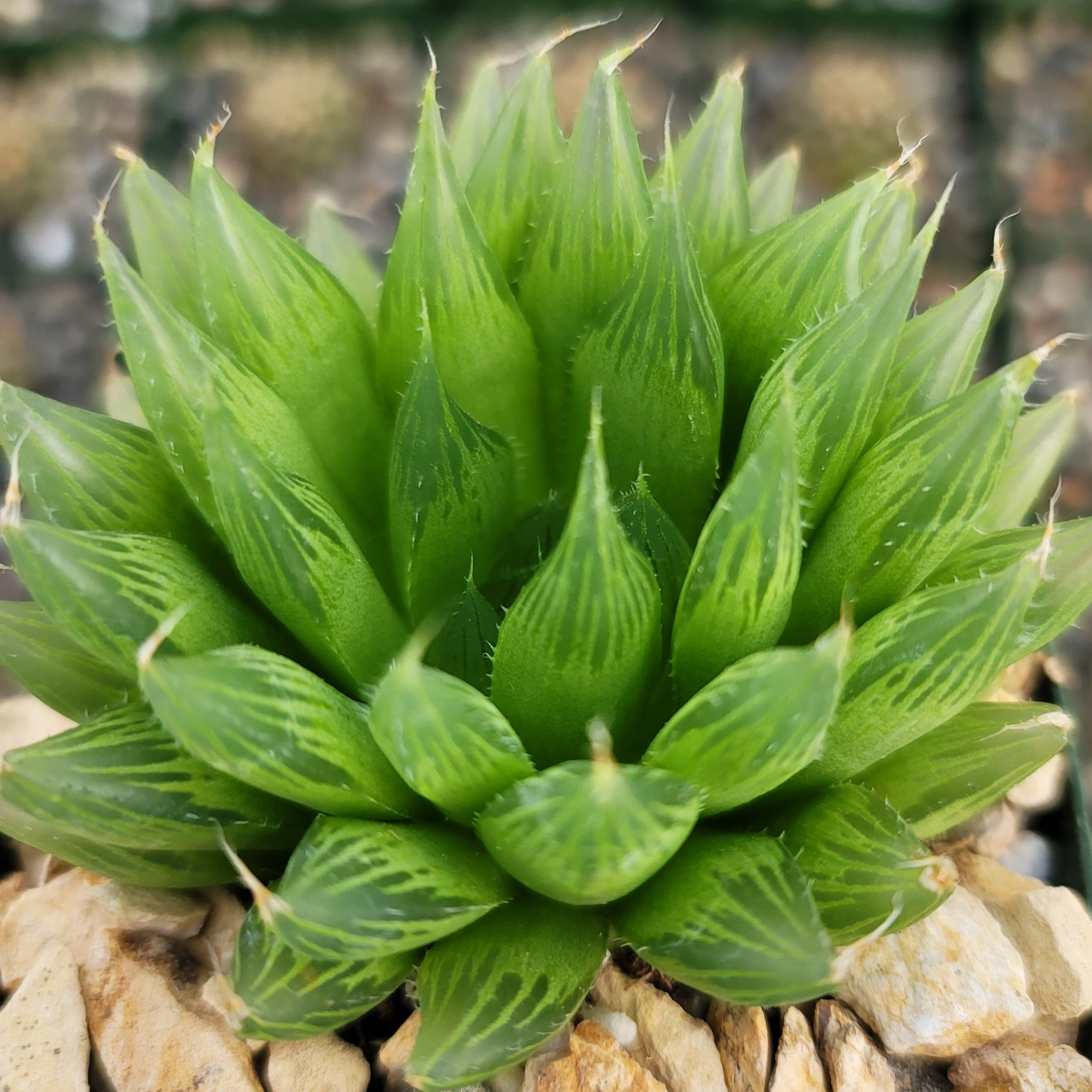What Are Air Plants? - Top 10 Benefits & Top 5 Mistakes You Need to Know!
Updated: January 28, 2025

Air plants, known as Tillandsias are members of the Bromeliad family, and are an interesting group of plants that are classified as epiphytes because they can grow without soil. They are most commonly known for their small size, low maintenance, and decorative appearance.
Exploring the Unique Beauty of Air Plants
Native to Central and South America, Mexico, and the southern United States, the air plants live in a variety of habitats, including deserts, mountain tops, and jungles.

As members of the epiphyte family, air plants can live without soil, purely on the humidity in the air around them.
The air plants can grow attached to other objects like rocks or logs. They can also be found hanging from trees in their natural habitats.
Their feathery-like foliage covered with tiny trichomes (hairs) acts like natural sponges. This allows them to absorb the water and nutrients from the air around them, making them extremely low-maintenance plants.
Air plants have adapted and evolved over the years to not need regular roots, because, in densely populated tropical rainforests, competition for light, water, air, and nutrients can be pretty aggressive.
They do grow roots, but air plants do not use their roots for nutrients, just as an anchor. While their anchor roots will continue to grow if left alone, you can easily trim them for cosmetic reasons.
Just make sure you don’t cut too close to the bottom of the plant, as this can cause damage. You can also use their roots to anchor the plant to a piece of driftwood, hanging planter, wreath, or just about anywhere else you can imagine! Once they have attached to the wood with their roots, they will have a pretty strong anchor to hold them in place.
Though they do need a bit of attention and care, air plants are incredibly easy to nourish, making them perfect for both novices and experienced gardeners alike.
More Air Plant Facts
- Air plants have trichomes for nutrient and water absorption. These structures appear like small cups under the microscope, opening and closing to collect water and nutrients. Therefore, the foliage of air plants appears fuzzier than the leaves of many other wild plants
- Air plants are close cousins to pineapples, as they are both in the bromeliad family.
- Air plants are unique because they use CAM photosynthesis to exchange gases and breathe at night, unlike many plants that use sunlight for photosynthesis and breathe during the day.
- Once the air plant has bloomed, the flowers and bloom stalk die off as the plant prepares to reproduce through a seed pod or pups. Some species die within a year of flowering, while others die after many years.
10 Benefits of Having Air Plants in Your Home:
Having air plants in your home brings numerous benefits such as improving air quality, adding a touch of greenery, and requiring minimal maintenance. By incorporating these unique plants, you can uncover their top-secret advantages and enjoy the beauty they bring to your living space.
1. Natural Air Purifiers: One big reason to bring air plants into your home is that they can purify the air you breathe! Scientists have found that Tillandsia and numerous other plants can remove mild airborne contaminants and chemicals from the air. Plants can even help you get over a sickness like a cold faster, since they filter airborne contaminants, like dust, from the air.
2. Compact Size: Air plants take up very little space due to their small size and can be easily placed anywhere in your home or office without taking up too much room.

3. Natural Air Humidifiers: These plants help increase humidity levels indoors, especially during winter when the air gets drier and more uncomfortable. Since air plants hail from rainforests and regions of high humidity, they can help regulate the humidity levels in your home.
4. Easily Customized to Decorate Your Home: There are so many different air plants available that you can customize your terrariums or even hang them from the wall to decorate your home. Air plants are also perfect for offices. They thrive under artificial full-spectrum light (fluorescent). They should be no closer than 36 inches from the light and as much as 6 feet.
5. Pet-Friendly: Many common household plants are toxic to pets, but air plants are safe for cats and dogs as they don't require soil and therefore don't absorb any harmful chemicals.
6. Resilient: Most air plants last for years if taken care of properly, making them a great investment in the long run.
7. Low Water Requirement: As mentioned before, air plants rely on their trichomes to absorb moisture and nutrients from the air around them, so you don't need to worry about over-watering or constantly keeping an eye on the soil levels like with other houseplants. In addition, air plants do not need soil to grow.
8. Stress Relief: Studies have shown that being surrounded by nature can reduce stress levels significantly, and air plants are no exception! A study published in the Journal of Physiological Anthropology found that plants in your home or office can make you feel more comfortable, soothed, and relaxed.
9. Easy to Propagate: With proper care and attention, an air plant can flower and create pups, or small offsets, in as little as one to two years. Removing and tending to the pups is just like caring for a new air plant, allowing you to double your collection at no added cost.
10. Low-Cost: Air plants are very affordable which makes them a great option for those who don't have the budget to splurge on expensive decorations. They can easily make your home look exotic.

How to Water and Care for Your Air Plants
Air plants require a precise watering schedule for optimal growth and blooming. Overwatering can cause fungus rot and fall apart, while underwatering can cause foliage curling and wrinkling. Indoor air plants should be watered once a week, and after soaking or misting, gently shake the plant to remove excess water. Morning watering helps dry the plant, while mesic air plants should be watered twice to three times a week, with additional water applied as needed for optimal growth and flowering.
- For optimal results, you should water or mist your air plants once a week.
- Place them near an open window where they can get plenty of indirect sunlight for at least 4 hours a day.
- Try not to place them too close to any heat sources, as this can cause their leaves to dry out and curl.
- Fertilize once a year at 1/4th strength for blooming and reproduction.
- Prune off any brown or withered leaves as they tend to be a sign of overwatering or not enough sunlight.
- Keep an eye out for pests such as mealybugs, as these can cause damage to your air plants if left unchecked! If you notice any, try wiping them off with an alcohol-soaked cotton swab or spray them with neem oil.
- Have fun experimenting with different terrariums or hanging containers to display your air plants, and get creative!
Related Articles
Top 5 Mistakes People Make When Taking Care of Air Plants
1. Not providing adequate light: Air plants need bright, indirect light to thrive. If your air plant lacks light, it will become pale and leggy.
2. Overwatering: Air plants should be soaked once a week or two, depending on the humidity levels in your home. It's easier to damage air plants through overwatering than under-watering, as they are prone to rotting if left in standing water for a long period.
To water them properly, you can opt for misting or soaking. For misting, spray your air plant with a spray bottle until it is dripping wet from all angles.
If you live in an arid climate, consider implementing a deeper soaking routine instead - just fill a bowl or bucket with dechlorinated water and let you air plant sit in the water for just five to ten minutes.
3. Not providing good airflow: Air plants need good air circulation and fresh air to grow, so make sure they are placed near an open window or another airy spot.

4. Fertilizing too often: Air plants should only be fertilized every six weeks with a diluted all-purpose fertilizer and never overfertilized. It is important to follow the dosage instructions when fertilizing your air plants, as too much fertilizer can damage them. Air plants can live easily without additional fertilizer, especially if you use rainwater or other freshwater to mist or soak them. However, incorporating a fertilizer into your air plant's care regimen will encourage growth and blooming. Use a water-soluble orchid or bromeliad fertilizer in their water once every month for best results.
5. Not repotting when necessary: Repotting is only necessary if the air plant has outgrown its current pot.
By avoiding these common mistakes, you can ensure that your air plant is healthy and thriving for many years. With just a bit of effort and care, you’ll be able to enjoy the beauty of this unique plant in your home or office space!
![]()
Where to Buy Air Plant?
When it comes to buying air plants, the best place to buy them is here at Planet Desert, where we will ship them straight to your door. If you want to find air plants near you, then you will probably find that it will be hard to find more than one variety to choose from at your local nursery.
Final Thoughts
Overall, air plants are unique and low-maintenance plants that offer a variety of benefits such as improving air quality, reducing stress, and adding a touch of greenery to any space. However, it is important to avoid common mistakes like overwatering, inadequate light exposure, and neglecting proper care in order to ensure their health and longevity.
Don't miss out on this opportunity to add something truly exceptional to your garden. Order your very own air plant for sale today!
Frequently Asked Questions
-
How often do I need to water my air plant?
Generally, you should give your air plants a light misting of water every 1-2 weeks. This depends on the humidity levels in your home or office. If your air plant looks droopy, it may require a more thorough soaking for 15-20 minutes.
-
How much sunlight do air plants need?
Air plants prefer indirect sunlight and should be placed near an open window where they should get at least four hours of sun per day. Avoid putting them too close to any heat sources as this can cause their leaves to dry and curl.
-
Do air plants need fertilizer?
Yes, air plants need to be fertilized with a specialized balanced (5-10-5) succulent or cacti NPK fertilizer once a year during the growing season in the spring, for optimal growth.
-
What should I do if my air plant gets infested with pests?
If you notice any mealybugs on your air plant, try wiping them off with an alcohol-soaked cotton swab or spray them with neem oil. Be sure to inspect your plants regularly for pests so you can take action as soon as possible!
-
Can I repot my air plant?
Yes, if desired, you can repot your air plant into a larger container. However, it is not necessary to do so unless you want to display your plant in a different way. Air plants don't need to be repotted as frequently as other houseplants.
-
What is the lifespan of an air plant?
Properly cared for air plants can live for several years, depending on the species and environmental conditions. With adequate light, water, and fertilization, you can expect your air plants to thrive for many years!























